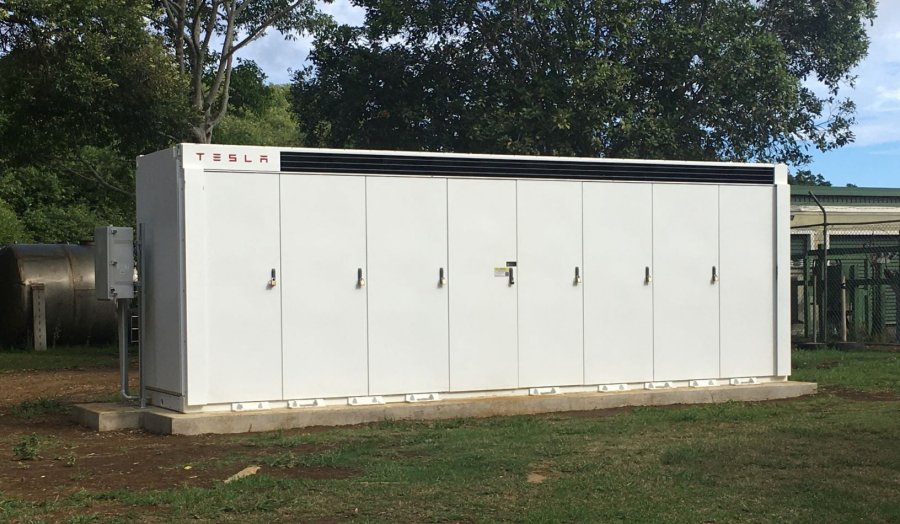Norfolk Island: Power Trouble In Paradise
03 November 2022
The Australian Federal Government has stepped in to give the folks on Norfolk Island some relief from their diesel-based electricity generation cost woes.
Norfolk Island is a tiny island (3,455 hectares) in the South Pacific Ocean. While an Australian Territory, it’s much closer to the Kiwis than us – approximately 1,400 kilometres directly east of Evans Head in NSW compared to around 760 kilometres from NZ’s Cape Reinga.
Like many island communities, Norfolk has traditionally relied on diesel for electricity generation. The community in the process of shifting entirely to much cheaper and cleaner renewable energy, but that transition can’t happen fast enough. With an increase of 40 per cent in diesel fuel prices in recent months driven by domestic and global freight challenges, fossil-fuel based electricity generation is getting even more expensive.
Last week, Federal Minister for Regional Development, Local Government and Territories Kristy McBain announced a $200,000 subsidy to help out as an interim measure.
“Having spent time on Norfolk Island, I understand the challenges the community is facing and want to support measures to alleviate cost of living pressures where possible.”
Electricity On Norfolk Island
Among Norfolk Island’s electricity generation and infrastructure assets:
- 6 x 1.0MW diesel generators.
- 4 x 750 kVA 415/6600 volt step-up transformers.
- 125 kW standby generator for powerhouse essentials, hospital and airport.
- A 2MW Tesla battery system for slurping up surplus solar energy.
- A 400 kW load bank for shedding excess power during peak periods of solar energy input.
- 44 km of high and 44 km of low voltage cabling.
- Distributed household rooftop PV systems.
There have been more than 555 small-scale solar power systems installed on Norfolk Island, with a collective capacity of 1,770 kW. That’s pretty impressive given its remoteness and a population of 1,849. But this uptake has also caused some headaches in managing Norfolk Island’s electricity network, with too much solar energy goodness generated at times. The Tesla battery system installed in December 2020 has helped out on that front.

There’s a rather unique approach to electricity charges on the island that make Time of Use (ToU) tariffs here on the mainland look simple by comparison. For the 2022/23 financial year (Source):
- Daily supply charge: $0.50
- PV access to grid daily charge: $0.25
- Consumption tariff when the diesel generators are in use: $0.72 kW/h
- Consumption tariff when the battery is supplying the island: $0.35 kW/h
- Consumption tariff when solar energy and the battery are supplying power: $0.20 kW/h
- Consumption tariff when solar energy is supplying power to the island and the surplus is charging the battery: $0.05 kW/h
- A negative tariff when there is more solar energy being generated than is required or can be absorbed by the Tesla battery: -$0.20 kW/h.
- As far as I can tell, there’s no feed-in tariff for solar owners.
The Australian Government is pitching in $5.3 million to improve Norfolk Island’s electricity network, including the rollout of more solar panels and supporting infrastructure to ensure electricity generation and demand are balanced. Norfolk Regional Council has set its sights on 100% renewables by 2024, introducing feed-in tariffs and reducing the highest consumption tariff of $0.72 per kilowatt-hour by at least half by that year.